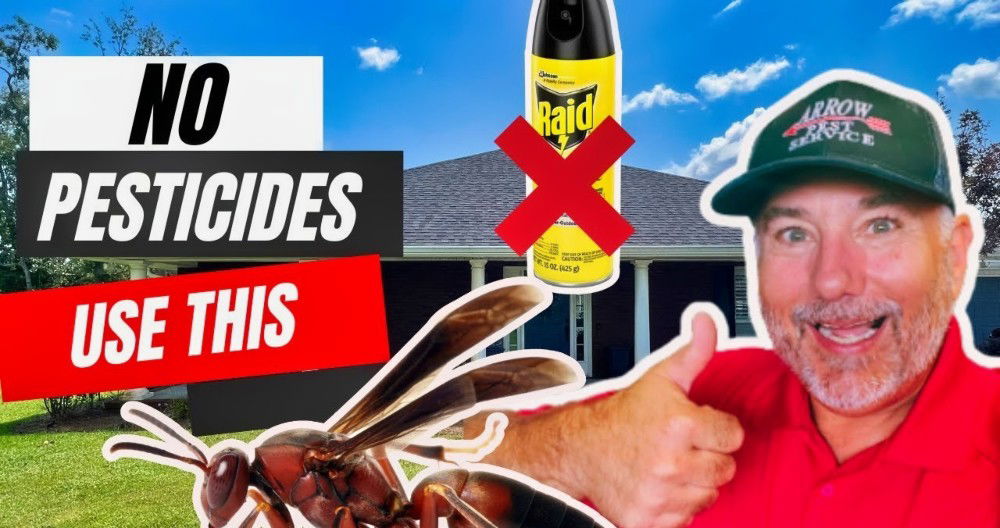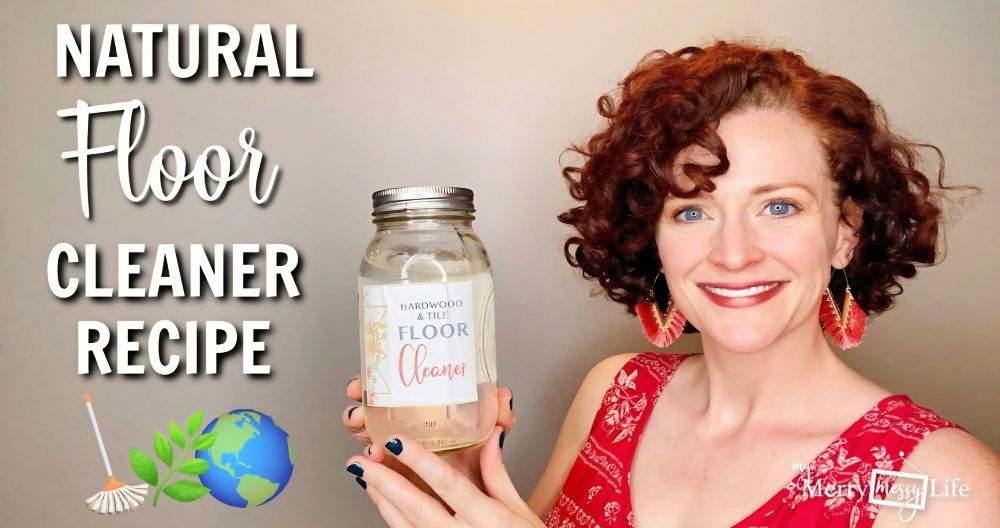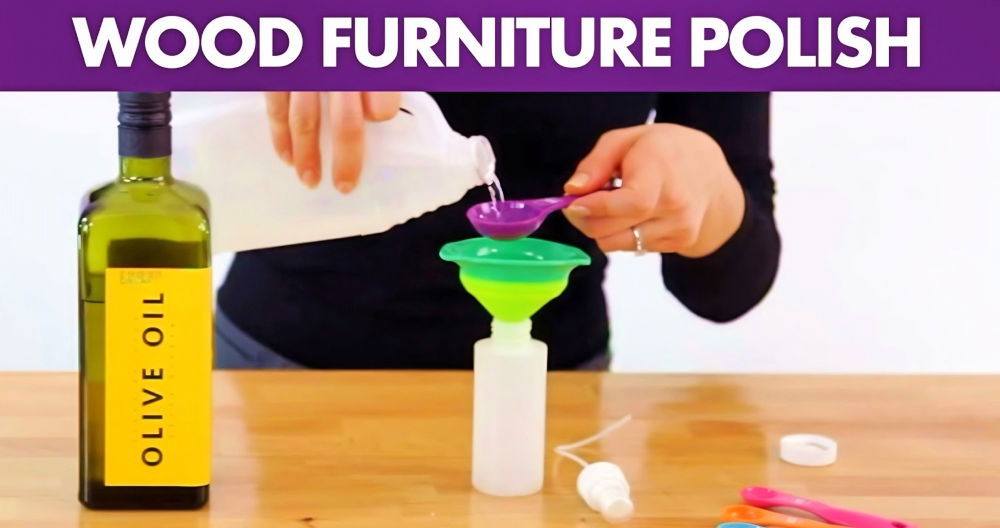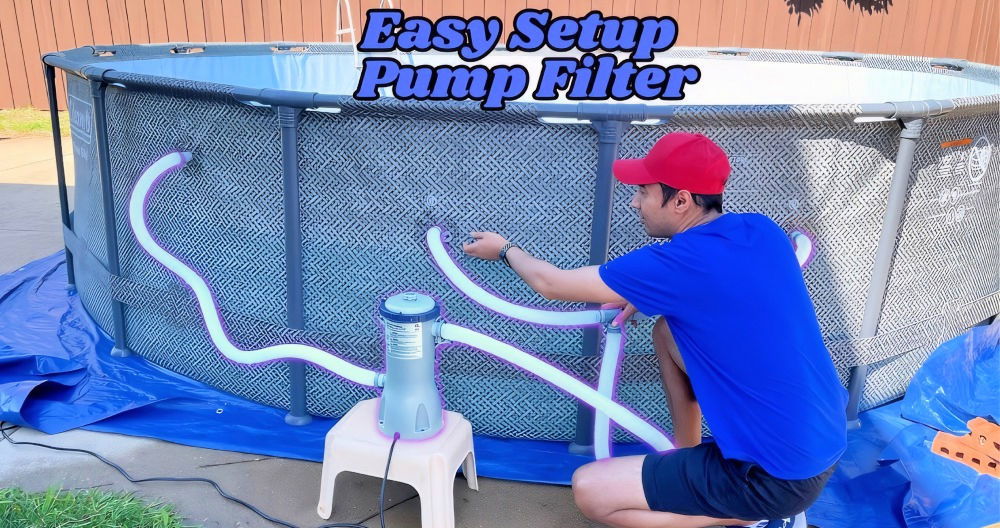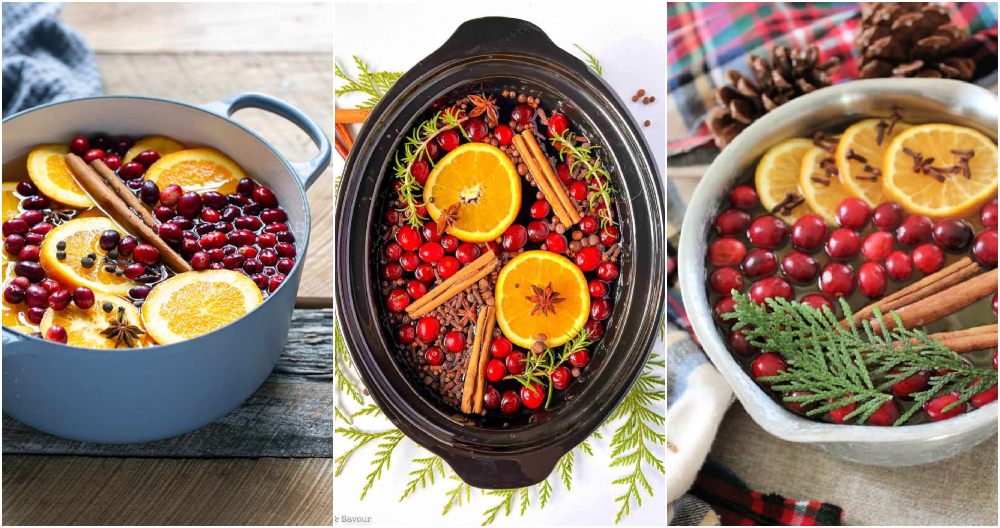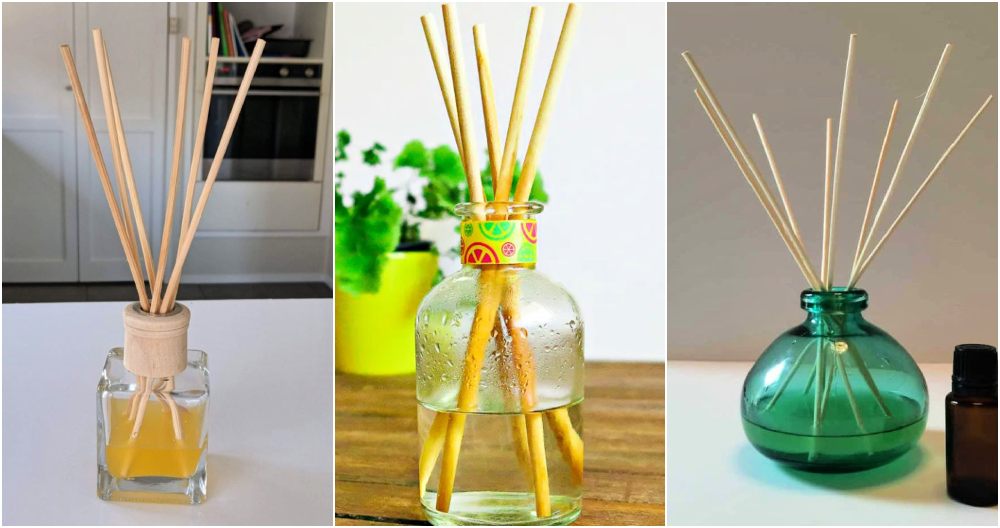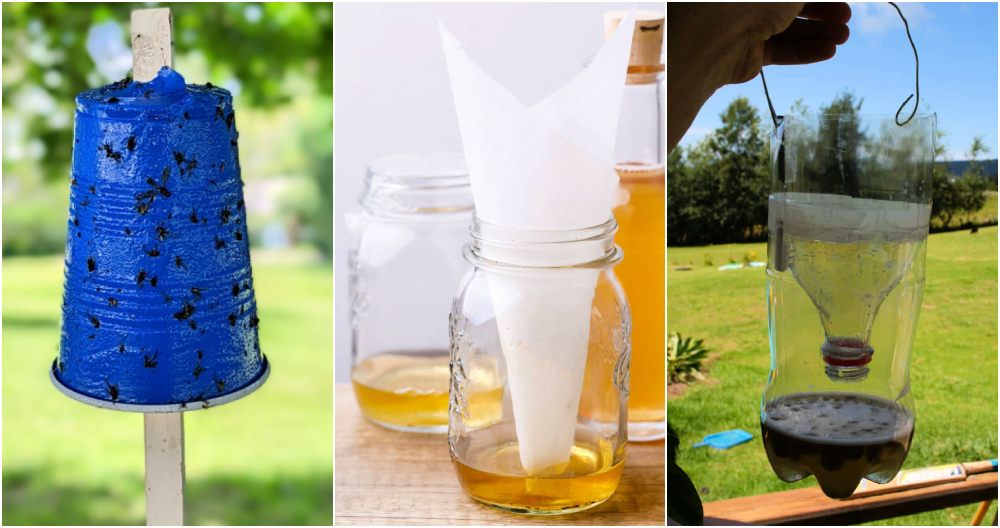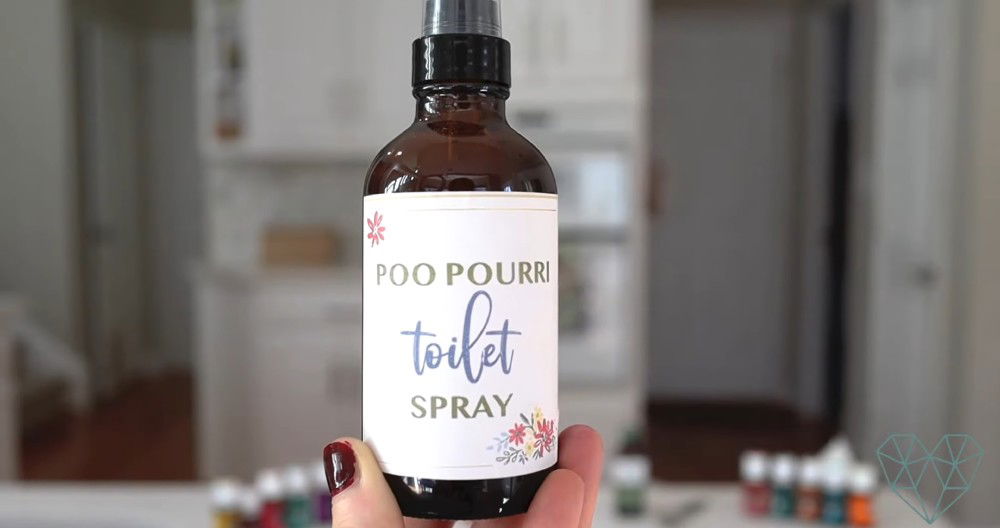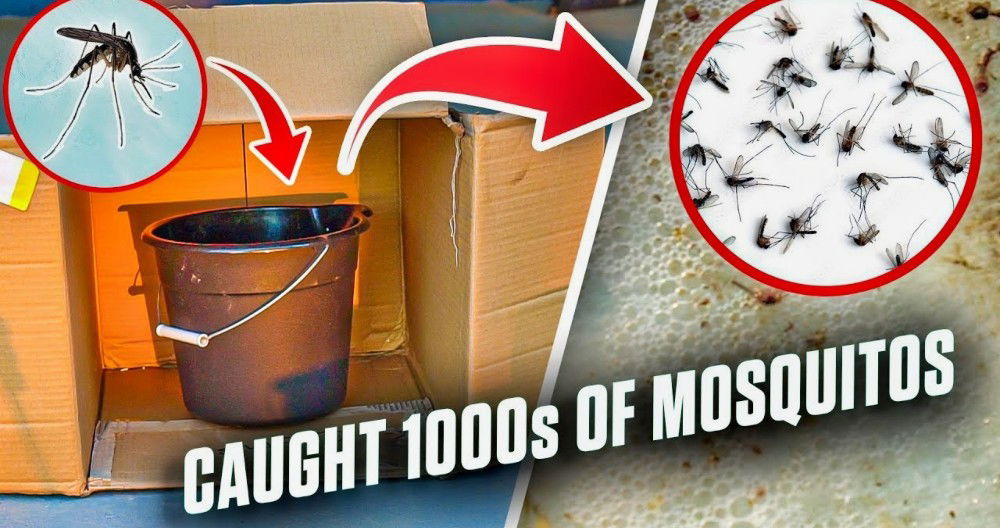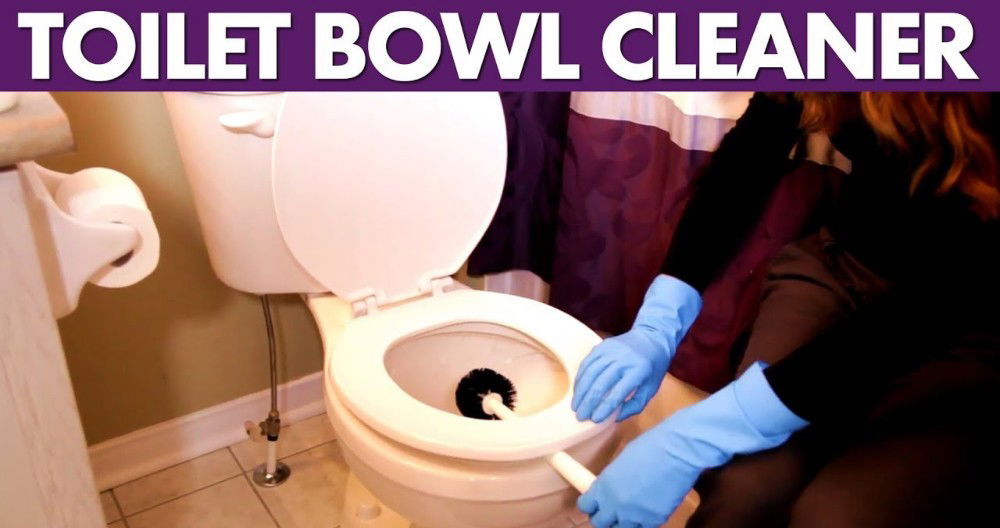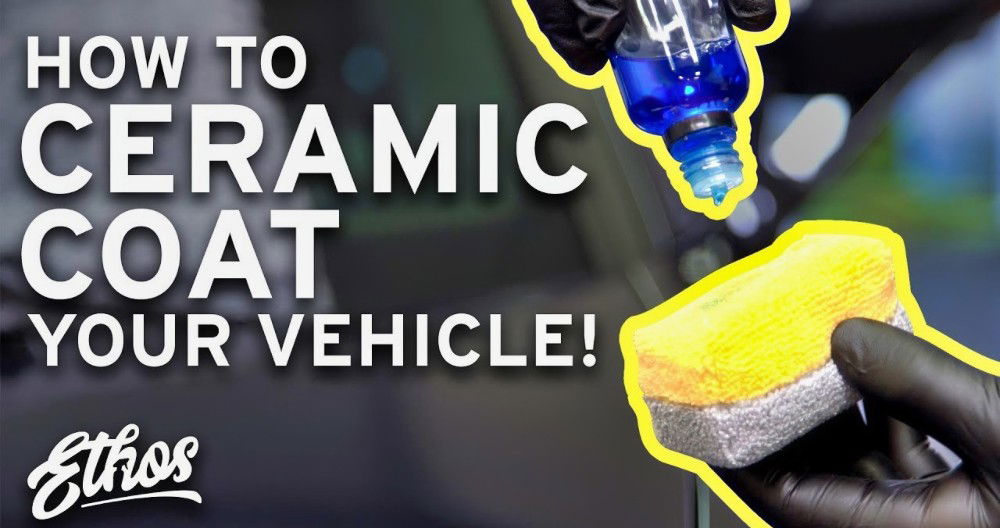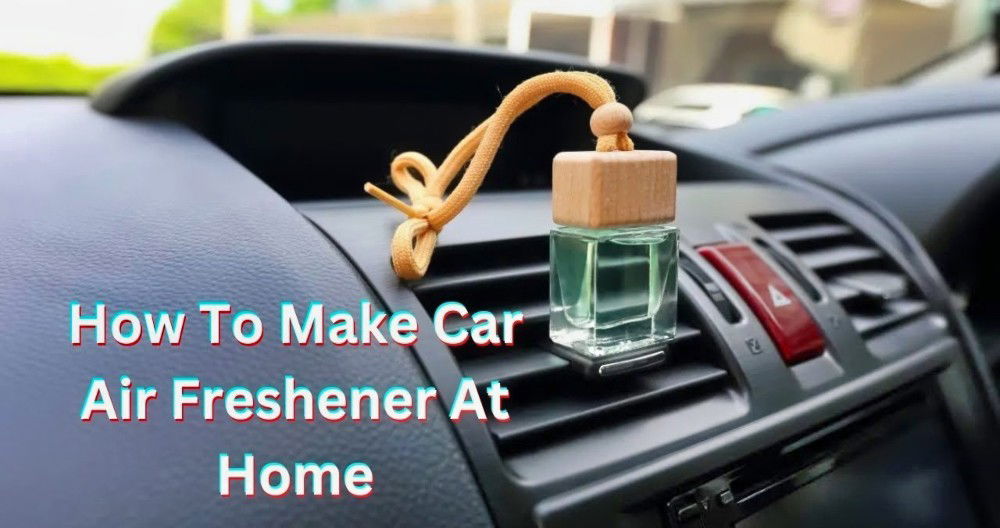As someone deeply passionate about gardening and maintaining a beautiful yet safe outdoor space, I've always been at odds with conventional weed killers. The thought of dousing my garden in chemicals that have dubious links to health issues doesn't sit well with me. So, my quest for an eco-friendly and non-toxic solution led me to an incredibly simple, yet effective homemade weed killer. It's something I've tested, tweaked, and perfected, and I'm excited to share my experience with you, step by step, ensuring you can replicate my success.
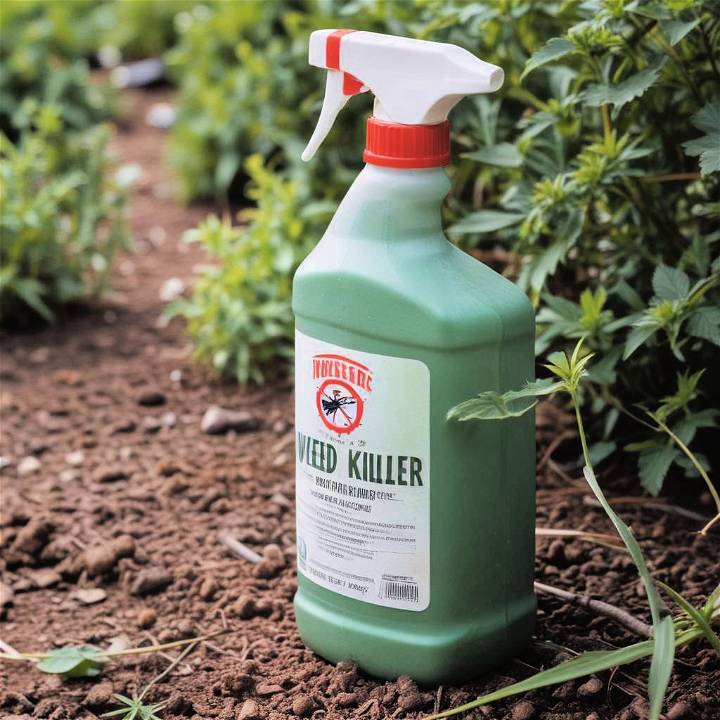
Why Opt for a Homemade Weed Killer?
Before diving into the how-to, let's discuss the why. Traditional weed killers, while effective, are laden with chemicals that can harm not just the environment but your health and that of your pets. Seeking an alternative, I stumbled upon a method that uses ingredients from the kitchen, significantly reducing exposure to hazardous substances. Plus, it's cost-effective and easy to make.
Materials You'll Need
- White Vinegar: The acidic nature of vinegar works to dry out the weed, effectively killing it from the root up. It's the primary agent in this solution.
- Dish Soap: A few drops of dish soap act as a surfactant, reducing the surface tension of the vinegar and allowing it to stick to the weeds more effectively.
- Salt: Salt dehydrates plants and disrupts the internal water balance of the weed, ensuring it doesn't survive.
- Spray Bottle: A sprayer is necessary for applying the solution directly to the weeds, ensuring precision and preventing it from affecting nearby plants you wish to keep.
Step by Step Guide
Discover how to make an effective Homemade Weed Killer using simple household ingredients. Go green and get rid of weeds naturally with our easy DIY recipe.
Mixing Your Solution
- Measure Your Ingredients: In a large bowl, mix one gallon of white vinegar, a cup of salt, and a tablespoon of dish soap. The vinegar provides the acidic base needed to kill the weeds, while the salt ensures they don't return, and the dish soap helps the mixture adhere to the plants.
- Stir Thoroughly: Ensure the salt is completely dissolved in the vinegar. This might take a little patience and elbow grease, but it's crucial for the effectiveness of your weed killer.
- Transfer to a Spray Bottle: Once your solution is mixed and the salt dissolved, funnel it into a spray bottle. This will make the application easier and more targeted.
Applying the Solution
- Choose the Right Time: Timing is crucial for the effectiveness of this weed killer. Ideally, choose a sunny, dry day. Moisture dilutes the solution and diminishes its potency, while sunlight accelerates the weed-killing process.
- Spot Treatment: Be very selective with your spraying. This solution is non-discriminatory and will kill whatever plant it touches. I learned this the hard way when a beloved flower fell victim to my overzealous spraying. Aim directly at the weeds, avoiding any plants you wish to keep.
- Repeat if Necessary: While I noticed a significant improvement after the first application, some tougher weeds needed a second or even third treatment. Persistence is key.
Aftercare and Observations
After applying the solution, I noticed the weeds beginning to die off within a day, completely drying out after 72 hours. The effectiveness of this solution hinges significantly on the weather and the resilience of the weeds. For me, it took a couple of applications for stubborn weeds, but the results were undeniable.
Additional Advice
While this solution is a miracle worker on driveways, sidewalks, and rock beds, I caution against using it in your garden or lawn, where it can harm plants you wish to keep. Also, environmental responsibility dictates the judicious use of salt, as it can impact soil health.
Homemade Weed Killer: Effective and Eco-Friendly Solutions
1. Eco-Friendly Alternatives
1.1 Vinegar Solution
Vinegar is a powerful natural weed killer that can be easily prepared at home. Here's how to make it:
- Ingredients:
- White vinegar: The acetic acid in vinegar acts as a desiccant, drying out weeds.
- Water: Dilute the vinegar to reduce its acidity and prevent harm to surrounding plants.
- Instructions:
- Mix equal parts of white vinegar and water in a spray bottle.
- Spray the solution directly onto the weeds, focusing on the leaves and stems.
- Repeat as needed until the weeds wither and die.
Note: Be cautious when using vinegar near desirable plants, as it can harm them too.
1.2 Salt Solution
Salt is another effective weed killer, but use it sparingly to avoid soil salinity. Follow these steps:
- Ingredients:
- Table salt (sodium chloride): Acts as a desiccant, dehydrating weeds.
- Water: Helps dissolve the salt and distribute it evenly.
- Instructions:
- Mix 1 part salt with 2 parts water.
- Apply the solution directly to the weeds' roots.
- Avoid using salt near garden beds or other sensitive areas.
2. Application Techniques
2.1 Timing and Weather Conditions
For optimal results, consider the following factors when applying homemade weed killer:
- Time of Day: Apply weed killer during the warmest part of the day when weeds are actively growing.
- Weather: Choose a dry day to prevent rain from washing away the solution.
- Spraying Technique: Aim the spray directly at the weeds, avoiding nearby plants.
2.2 Proper Spraying Technique
Follow these steps for effective application:
- Target the Leaves and Stems: Spray the solution directly on the foliage of the weeds. This ensures maximum absorption.
- Uniform Coverage: Apply the weed killer evenly to all visible parts of the plant.
- Repeat as Needed: Some weeds may require multiple treatments. Be patient and persistent.
Remember that homemade weed killers may not be as potent as commercial herbicides, but they offer a safer and more environmentally friendly alternative.
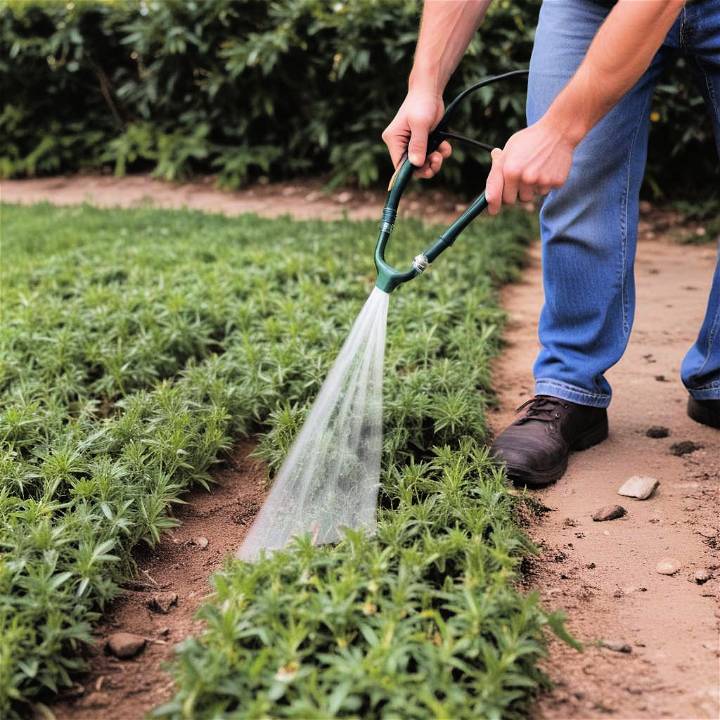
3. Weed Identification Guide
3.1 Common Weeds and Their Characteristics
Before applying any weed killer, it's essential to identify the weeds in your garden. Here are some common types and their distinguishing features:
3.1.1 Dandelion (Taraxacum officinale)
- Appearance: Bright yellow flowers with jagged leaves forming a rosette.
- Habitat: Lawns, gardens, and disturbed areas.
- Control: Hand-pull or use vinegar-based weed killer.
3.1.2 Crabgrass (Digitaria spp.)
- Appearance: Low-growing grass with wide, flat blades.
- Habitat: Lawns, sidewalks, and driveways.
- Control: Apply salt solution or use pre-emergent herbicides.
3.1.3 Purslane (Portulaca oleracea)
- Appearance: Succulent-like leaves and small yellow flowers.
- Habitat: Garden beds, cracks in pavement.
- Control: Hand-pull or use vinegar solution.
3.1.4 Bindweed (Convolvulus arvensis)
- Appearance: Twining vine with heart-shaped leaves and white or pink trumpet-shaped flowers.
- Habitat: Gardens, fences, and hedges.
- Control: Persistent hand-pulling and mulching.
4. Safety Precautions
4.1 Protective Gear
When handling and applying homemade weed killers, prioritize safety:
- Gloves: Wear sturdy gardening gloves to protect your hands from contact with the solutions.
- Goggles: Shield your eyes from accidental splashes.
4.2 Storage and Labeling
- Label Clearly: Mark your spray bottle with the contents and usage instructions.
- Safe Storage: Store weed killer out of reach of children and pets.

5. Long-Term Weed Management
5.1 Beyond Quick Fixes
While homemade weed killers provide immediate relief, a holistic approach to weed management involves long-term strategies. Consider the following:
5.1.1 Mulching
- Purpose: Mulching suppresses weed growth by blocking sunlight and preventing weed seeds from germinating.
- Types of Mulch:
- Organic Mulch: Use materials like straw, wood chips, or shredded leaves. These break down over time, enriching the soil.
- Inorganic Mulch: Options include landscape fabric or gravel. They don't decompose but effectively inhibit weed growth.
5.1.2 Regular Mowing
- Frequency: Mow your lawn regularly to keep grass at an optimal height. Taller grass shades out weeds and reduces their chances of thriving.
- Height: Adjust the mower height to maintain grass at around 2.5 to 3 inches (6.4 to 7.6 cm).
5.1.3 Proper Lawn Care
- Aeration: Aerating the soil improves water and nutrient absorption, promoting healthy grass growth and minimizing weed invasion.
- Fertilization: Feed your lawn with balanced fertilizers to maintain its vigor and competitiveness against weeds.
- Overseeding: Introduce new grass seed to fill in bare spots and crowd out weeds.
5.1.4 Targeted Weed Removal
- Hand-Pulling: Regularly inspect your garden and remove weeds manually. Pull them out by the roots to prevent regrowth.
- Weeding Tools: Invest in quality weeding tools like dandelion pullers or long-handled weeders for efficiency.
Remember, a combination of preventive measures, consistent maintenance, and patience will yield a weed-free garden over time.
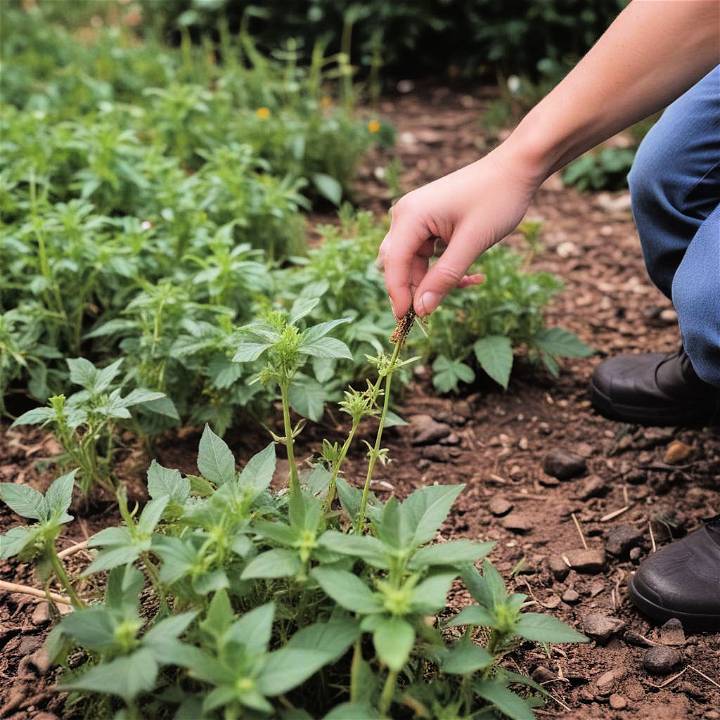
FAQs About Homemade Weed Killer
Learn everything you need to know about homemade weed killer in our FAQs guide. Discover safe and effective ways to eliminate weeds naturally.
What are the common ingredients in a homemade weed killer?
Homemade weed killers often contain ingredients like vinegar, dish soap, and table salt. Vinegar contains acetic acid which acts as a desiccant, drawing moisture out of plant leaves and leading to their death.
Is homemade weed killer safe for the environment?
Yes, homemade weed killers are considered safer for the environment compared to chemical herbicides. They do not leave toxic residues in the soil and are less likely to harm pets and children who come into contact with treated areas.
How effective are homemade weed killers compared to commercial products?
While homemade weed killers may not be as potent as commercial products and might require multiple applications, they are a safer, more natural method for controlling weeds. They are particularly suitable for organic gardens where avoiding toxins is essential.
Can homemade weed killers harm my other plants?
Yes, homemade weed killers are non-selective and can harm any plants they come into contact with. It's important to apply them carefully and avoid spraying desirable plants and grasses.
Are there any precautions I should take when using homemade weed killers?
Always wear protective gear such as gloves and goggles when applying homemade weed killers. Be mindful of the weather conditions, as rain can wash away the solution before it has a chance to work. Also, repeated use can alter soil composition, so use them sparingly.
Final Thoughts
Shifting to a homemade, non-toxic weed killer has been a game-changer for me. Not only am I saving money and protecting my health, but I'm also contributing positively to the environment. I've shared this recipe with neighbors and friends who've reported similar success and gratitude. I hope this guide empowers you to take control of your weed problem safely and efficiently. Remember, the key is in the application and patience for a cleaner, greener outdoor space.



